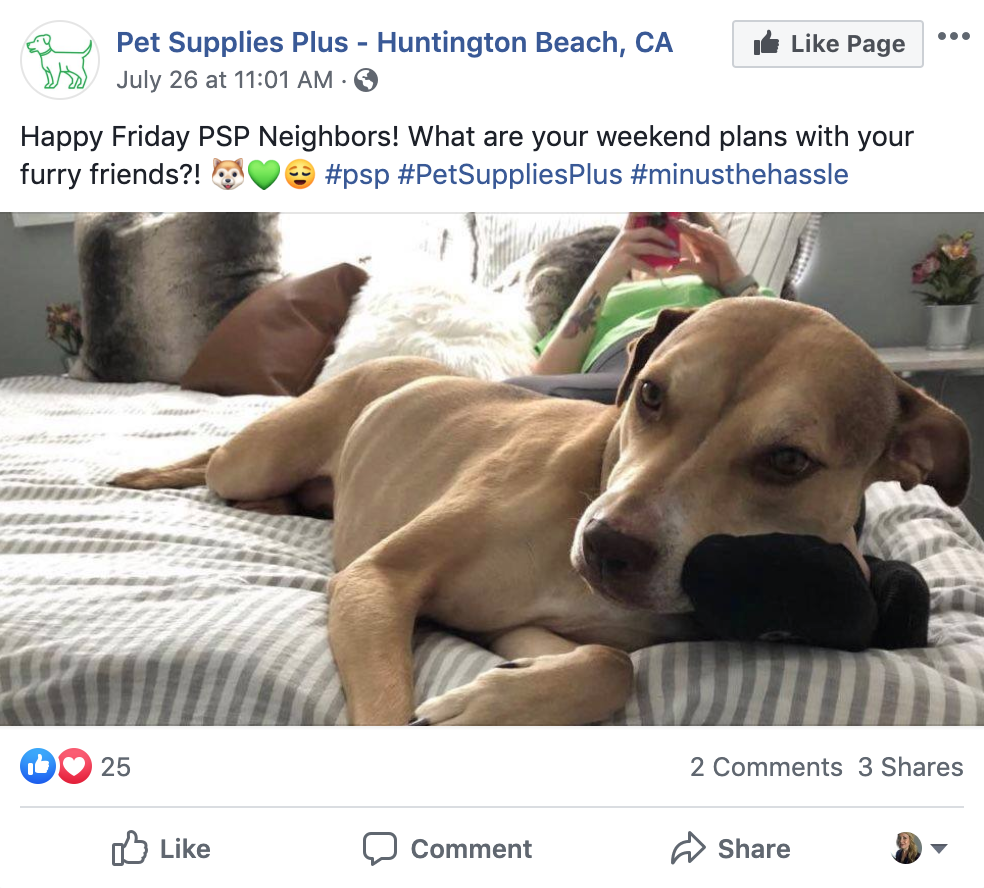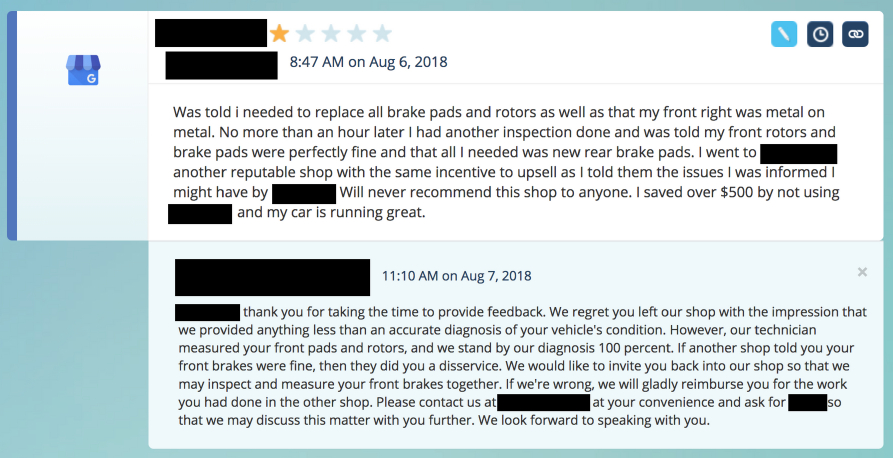With all the different “top franchise” lists available, it’s easier than ever for franchise candidates to research their options for a franchise investment. Franchise Business Review’s Top Franchise Opportunities is one such list, with the distinct advantage being its focus on franchisee satisfaction and performance.
For the most recent ranking, FBR surveyed over 27,500 franchisees from 307 leading franchise brands to identify the best franchises of 2020, based solely on franchisee satisfaction.
Among the various benchmark questions, a series of questions related to Systems & Operations helped to determine which franchises are operationally sound. Those with proven systems and established operating procedures allow a franchise system to run smoothly, maintain a competitive advantage and achieve greater success over time, says FBR — while contributing to greater overall franchisee satisfaction.

This ranking is of interest to us here at Rallio, where we help franchises like Pet Supplies Plus — which made FBR’s list — manage their social media and online reputation at both the corporate and franchisee level. When we talk to the franchisees we serve via local content, reputation management services and social media advertising, we can say with certainty that great corporate support goes a long way toward boosting franchisee satisfaction.
With that in mind, we spoke with Michelle Rowan, President and COO of FBR, to learn more about the marketing- and technology-related factors that contribute to franchisee happiness. As FBR’s first employee who joined the company 15 years ago, Rowan has worked closely with franchisors over the years to help them interpret the data gathered through FBR’s evaluations and use it to improve their operations.
What kind of marketing support seems to be important to franchisees?
According to Rowan, it comes down to franchisees wanting marketing programs that effectively drive consumers into their locations. Simple, easy-to-execute programs and consumer-friendly websites that drive local business, provide KPIs and offer a return on their franchise investment get a thumbs-up from franchisees, says Rowan.
“Franchisees are also looking to see that the franchisor takes their input,” adds Rowan. Having a task force or a committee that evaluates the effectiveness of their marketing helps to ensure franchisees’ voices are heard and programs are kept up-to-date.

How do the systems and operations considered in the most recent ranking compare to the 2019 rankings?
When we last spoke with FBR, CEO Eric Stites noted that certain areas tend to score lower in terms of franchisee satisfaction. “In all the years we’ve been doing this” — surveying franchise organizations and publishing their findings — “marketing, technology and innovation always score the lowest,” Stites explained.
And although that’s still true, says Rowan, in looking at the 10-year trend from 2010 to 2020, there’s been a notable increase (6 percent) in franchisee satisfaction in two areas:
- Local market competitiveness (i.e., how a brand compares with similar businesses in their local market area)
- Marketing and promotional programs
Going forward, factors that will continue to be important to franchisees include mobile, social and reputation management support. “People are driven by how they search and find information before they even engage with your brand,” Rowan explains.
To be successful at marketing their businesses, franchisees should add community involvement to their to-do lists, advises Rowan. Getting to know their local communities will help to build brand loyalty and increase retention.
In this way, franchisees aren’t relying solely on the franchisor to market their businesses. In fact, entering into the franchisor-franchisee partnership should be undertaken with the understanding that franchisee participation is critical to their success. “It all starts with the expectation being set by the franchisor as they pitch candidates,” says Rowan. “They may say how easy it is, but it helps if they set it up as, ‘We don’t do everything for you,’ and help them understand what that partnership looks like.”

How can franchisees gain a competitive advantage in the marketplace?
Anytime there’s an election and subsequent talk of a potential economic downturn, businesses tend to slash marketing budgets first. “That’s the biggest mistake they can make,” warns Rowan. In actuality, businesses that keep allocating money toward marketing will be better positioned to set themselves apart in any type of economy.
“Spending those marketing dollars and creating that community online and in local markets — that’s your competitive advantage,” says Rowan. “You’re getting a lot of exposure, and it puts your business in a position of strength. It says, ‘Hey, we’re still here and here’s the reason to come to our store rather than theirs.’ ”
For some franchisees, being involved with marketing isn’t something they have the time or desire to do. In that case, outsourcing their marketing can be an ideal way to promote their business while devoting time and effort to the things they enjoy. “If [marketing] is not your skill set, look for an outside partner that does these things well so you can focus on what you’re good at,” advises Rowan.
If a franchisor’s marketing plan is well-planned and well-executed — perhaps with the support of an outside partner like Rallio that has marketing expertise — then it can provide exactly the kind of stability and predictable success that franchisees sign up for when they join a franchise organization.
Some franchisees may think they can do better and go rogue right off the bat, says Rowan, trying to execute a different marketing plan than what the franchisor has provided. That’s a recipe for failure that Rowan recommends avoiding.
Instead, simply follow the proven plan the franchisor provides and the dollars they have allocated toward marketing. “Don’t assume you know better,” says Rowan. “It should be a proven model if you bought into the right brand.”







